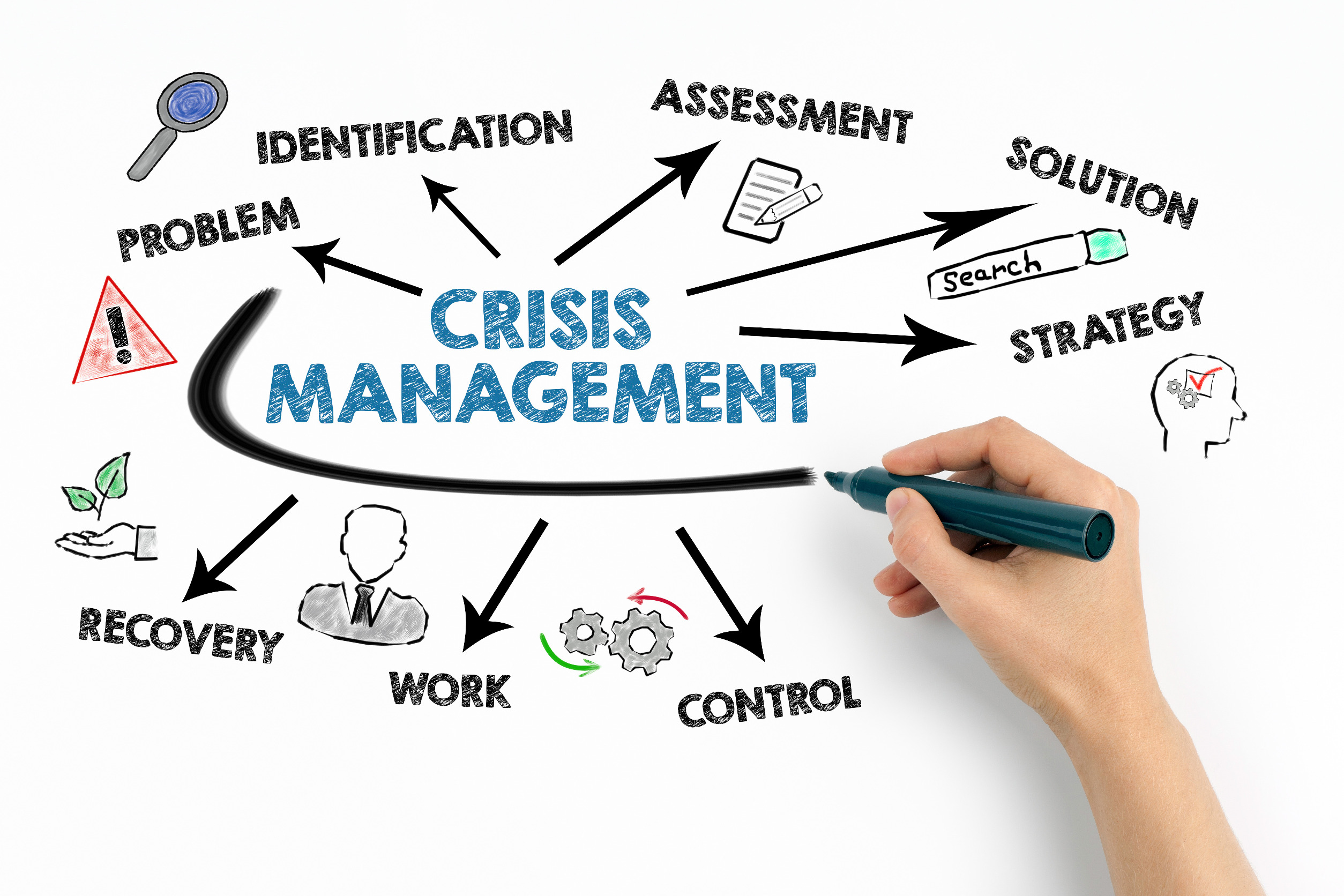In his book Leading at the Edge of Chaos, Daryl Conner offers a set of change leadership archetypes.
- The Anti-Change Leader: Recognizing the disruption that change causes within an organization, this leader seeks to avoid it whenever possible, and to keep it to a minimum when it has to occur.
- The Rational Leader: This leader approaches change as a reasoned, linear process. The human response to change is not factored in.
- The Panacea Leader: Accepting that change is inevitable, this leader also recognizes the emotion involved in major change. The answer is to “put smiles on everyone’s faces.” This is the change leader of coffee mugs, t-shirts, and “let them vent” sessions.
- The Bolt-On Leader: This is the first level of change leadership to recognize the value of change management. The thinking is that if people learn about the human response to change, they will be able to move through it successfully; change management training is introduced. When time and resources allow, change management becomes an add-on to project management.
- The Integrated Leader: At this level, change management is an integral part of how change is approached in the organization. Leadership is committed to addressing the human side of change; it is not an option.
- The Continuous Leader in the Era of Perpetual Unrest: Accepting the reality that whatever changes are facing the organization now, even more challenging changes are on the horizon, this leader focuses on succeeding with today’s changes while simultaneously maintaining, and building, the change adaptation capacity it will need in the future.
As change practitioners, there are some important things to observe regarding these different approaches to change leadership. First, each has its place; none is inherently wrong. Each serves change of a particular magnitude. Second, they are developmental in nature. As long as the prevailing approach continues to serve the leader, it will be sustained. When it proves inadequate, the leader is unlikely to jump multiple levels in one shot. It is more probable that that Panacea leader will become a Bolt-On, the Bolt-On an Integrated leader, etc.
In order to best serve the leaders that you are supporting, there are some important questions to reflect on.
- What is the change leadership style of the leader that I am supporting?
- What leadership style is necessary for the changes that this leader is attempting to execute?
- If the leader’s style and the style required for success are not aligned, what can I do as a change practitioner to help accelerate my leader’s growth in order to reduce the risk of failure?

























